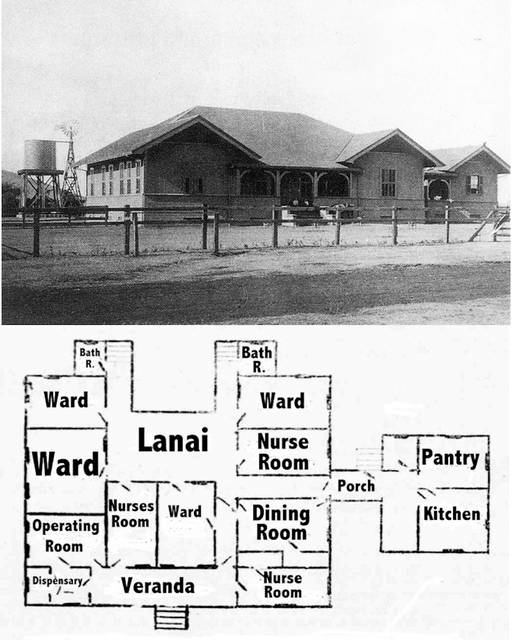John Nelson Young had 5-kids – Edith, Herbert, William, John and Edgar; they hailed from San Diego.
In the summer of 1899, the four boys ran a glass-bottomed boat at Catalina Island; this was the beginning of the famous glass-bottom boat rides that continue today.
It marked the beginning of the innovation and opportunity that followed the brothers.
They took guests out fishing during the day; to help promote their activities they took hotel employees on moonlight sails. It’s not clear if this was the beginning of the booze cruise or pau hana parties.
They saw opportunity in Hawai‘i; in January 1900, Herbert (29) and William (25) arrived in Honolulu; in October of that year, their younger brother, John Alexander Young, arrived – they called him Jack (18).
They formed Young Brothers.
Their early years were focused around Honolulu Harbor. They would run lines for anchoring or docking vessels, carry supplies and sailors to ships at anchor outside the harbor, and various other harbor-related activities.
They built a glass bottom boat and started a sport fishing service – and would take pictures of the people with their fish. Some suggest this was the beginning of the charter boat business in Hawai‘i.
They expanded into shark fishing … Jack also saw another opportunity and a new sport was born – they took customers out to ‘hunt’ flying fish, with customers at the bow of their skiff with shot guns “taking pot shots at fish on the fly”.
Back then, there were two inter-island freight carriers, Inter-Island Steam Navigation and Wilder Steamship Company. In 1905 Inter-Island bought out Wilder. (Later Inter-Island became Hawaiian Airlines.)
Opportunity knocked again for Young Brothers.
Libby’s shut down its pineapple operation in windward O‘ahu and started planting pineapples on the west end of Molokai.
Libby’s built a wharf at Kolo, just below Maunaloa. Kolo had a shallow channel and the Inter-Island Steam Navigation ships couldn’t get in.
The brothers made a special tender and with its first barges, YB-1 and YB-2, Young Brothers got into the freight business, carrying pineapple from Kolo Wharf to Libby’s O‘ahu cannery.
With expanded freight service to Molokai (to Kolo and Kaunakakai,) Young Brothers further innovated with the practice of tandem towing – towing two barges with one tug.
They pioneered the system because two barges were needed to serve Molokai – they would drop one off at Kolo and then carry on to Kaunakakai; they’d pick up the Kolo barge on the way back to Honolulu.
(The 1946 tsunami destroyed Kolo Wharf. Rather than repair it, Libby’s bought trucks and shipped their pineapples out of Kaunakakai.)
Young Brothers’ innovation did not stop. In 1929, their new tug, the Mikimiki, was launched.
The excellent performance of the original Mikimiki led to the adoption of her basic design for a large fleet of tugs that the US Army Transport Service copied for World War II service.
Young Brothers continued with another innovation; the Kapena class tugs that modernizes the Young Brothers’ fleet. They are named for two prior captains; the first was named for Jack Young Sr and his oldest son Jack Young Jr. Both were instrumental in making Young Brothers a leader in inter-island shipping.
Jack Young had three children, Jack Jr, Babe and Kenny. Jack Sr had 11 grandchildren, but he and his wife had died knowing only one of them. Jack Sr is my grandfather, but I never knew him or my grandmother; Kenny is my father.
While the Youngs have been out of Young Brothers for a long time, we still feel very much a part of it and its heritage.









































